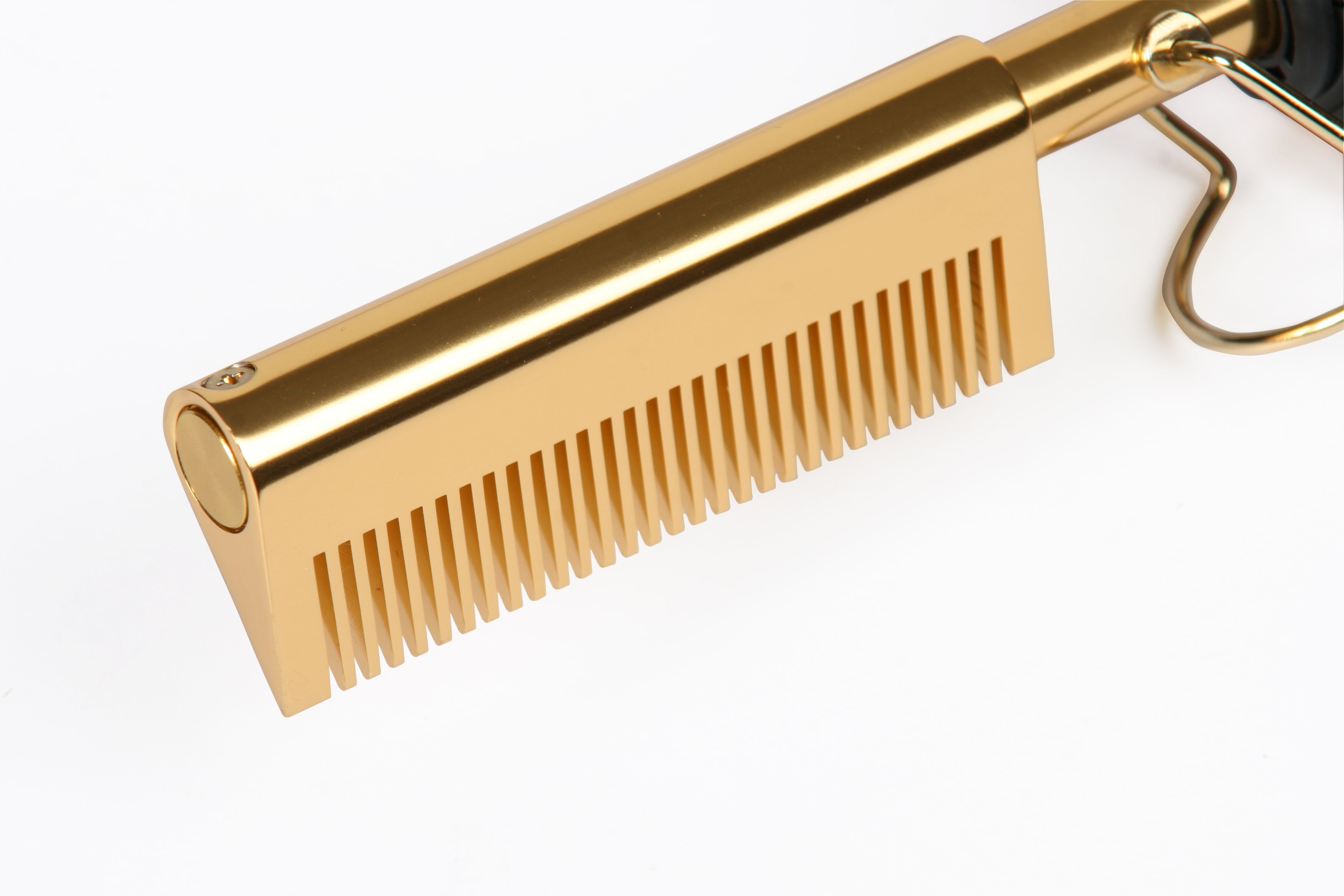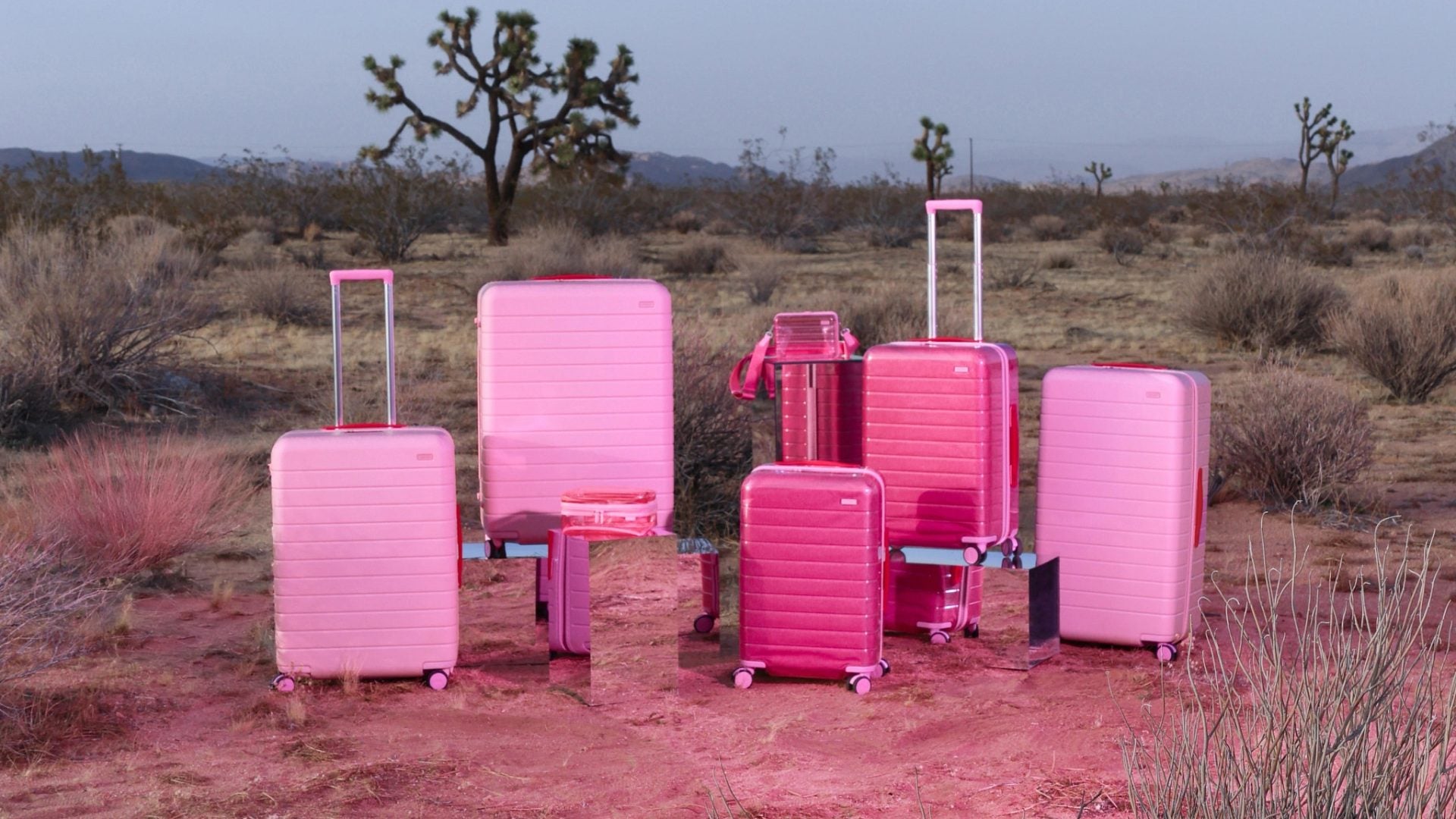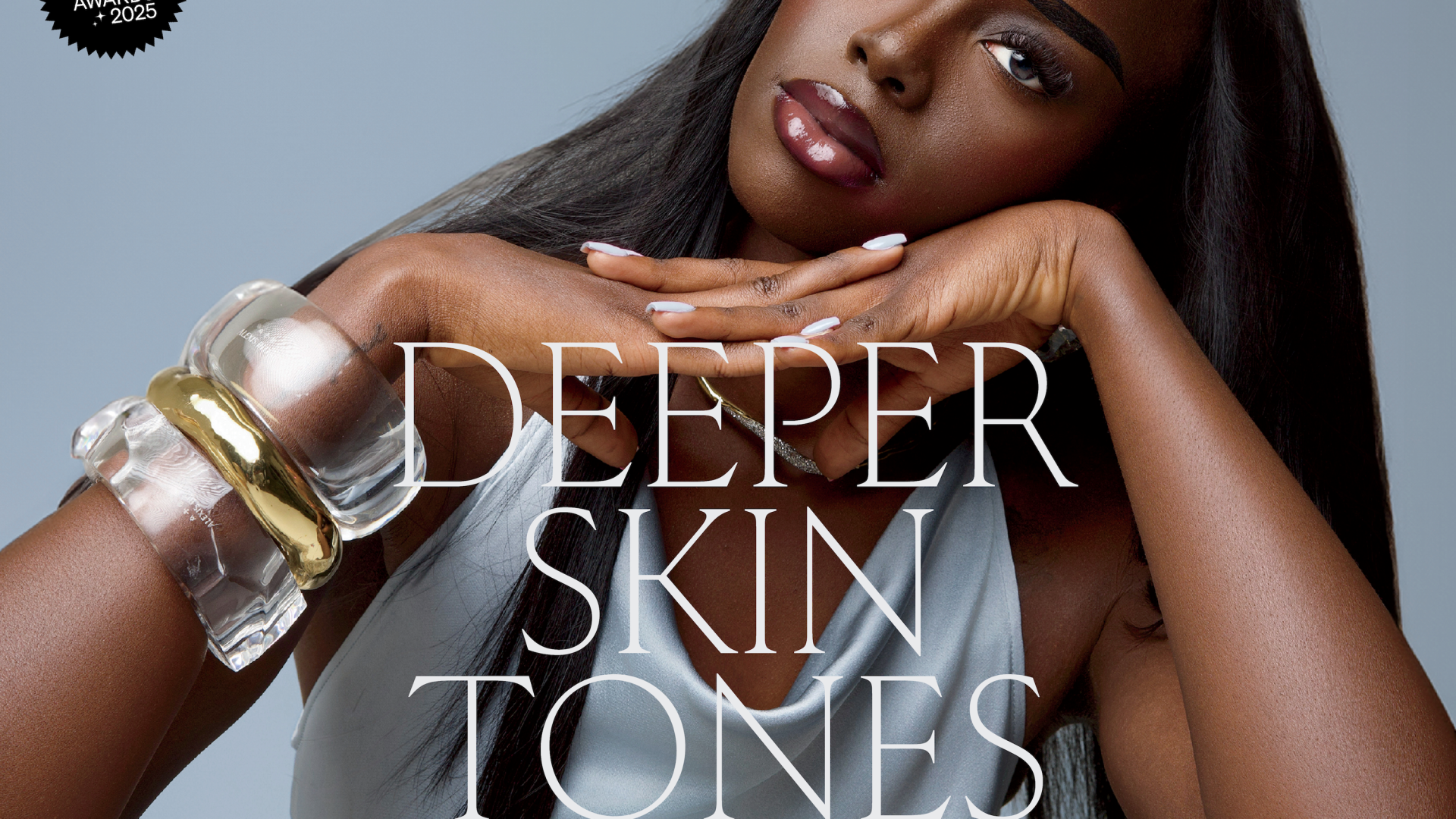
The Smithsonian Museum of African American History and Culture is designed to open visitors’ eyes to the Black experience in America, from the nation’s founding to today.
And while many artifacts in the museum touch on major moments in history, from the shackles used on children during slavery to the stools occupied by student protesters during the Greensboro sit-ins, a central gallery on the building’s third floor explores the nuances of everyday life in Black America.
Take for instance, the hair styling tool all-too familiar to Black women and girls of a certain age that resides in an enclosed, transparent case on the far side of the exhibit.
It’s a hot comb, used by generations of grandmas, aunties, mamas, and cousins to straighten our natural, kinky-curls.
The image alone is arresting. It evokes memories of tensing up, holding your ear, and praying that heat you felt on your nape won’t leave a scar.
It’s also not-so-subtle a reminder of the extremes to which Black women throughout history have taken to tame and style their hair—always in the name of beauty, but often in an attempt to satiate those who have found themselves offended by black girls’ indisputable magic.
20th century torture device on display at the NMAAHC pic.twitter.com/Rngx9lQjJR
— Maya Rhodan (@m_rhodan) September 14, 2016
WANT MORE FROM ESSENCE? Subscribe to our daily newsletter for the latest in hair, beauty, style and celebrity news.
From the plaits we wore while toiling in the fields of plantations to the weaves, braids, and twist outs we’re rocking in 2016, our hair is a reflection of who are and what we want the world to know about us. Joanne Hyppolite, a curator at the museum who focused on the cultural gallery, says that in curating the hair section of the gallery they wanted to bring visitors up from slavery to the present, offering a glimpse of the myriad products, styles, and tools required to style our locks—from hair oil to curly pudding.
“There is no one style that African Americans are wearing today. Sit in a church and you’ll see braids, you’ll see chemically straightened hair, you’ll see Afros,” says Hyppollite. “It is also about the freedom that African Americans have to wear their hair.”
While the image of a hot comb or a durag my resonate with someone who has grown up utilizing them, the museum will be visited by people all over the country and world who may not be as familiar. Because of that, curators wanted to provide a broad introduction to African American cultural traits and African diasporic culture without alienating either those who are familiar and those who aren’t.
“It was not hard to bring the basics to the public, but we wanted to do so in a way that allowed people who are more familiar with things to learn more,” she says. “I think for both groups it offers an in-depth experience.”
At every turn in the exhibit, it seems, there’s a teachable moment. There’s a section of the gallery dedicated to African American cuisine that goes beyond soul food to feature the contributions of black chefs, from the White House to the famous Dooky Chase creole restaurant in Louisiana.
There’s even a whole portion of the exhibit that’s dedicated to African American gestures, including a look of dismissal thrown by Nene Leakes. The circular space is enclosed by television screens that play a loop of black choirs, spoken word poetry, and more. And in the center, there’s a nod to the cultural experiences of blacks around the globe. There’s fashion, artistry, and even a greens pot, all meant to showcase the richness and diversity of the black experience.
“This exhibit will allow people to delve deeper into those concepts that they come across on a surface level,” says Hyppolite. “Maybe after you’ll understand why people get upset when you ask to touch a black person’s hair in the work place.”





